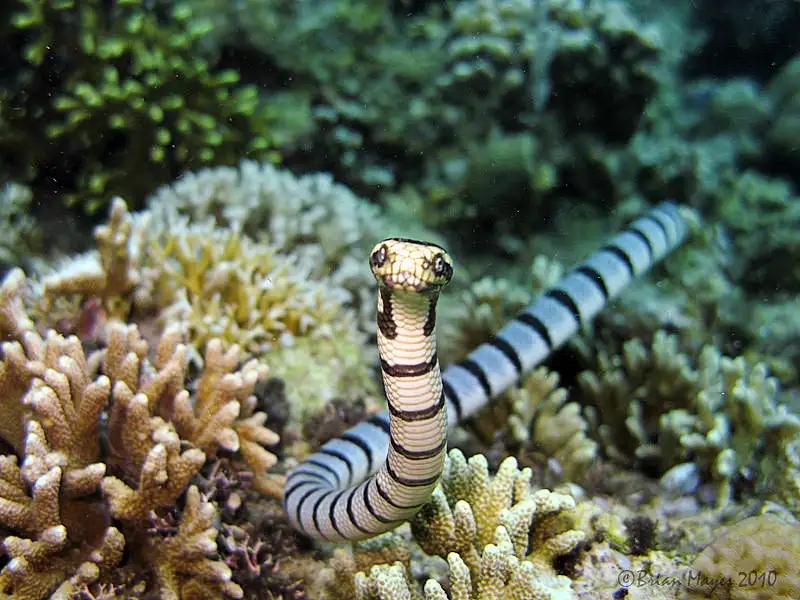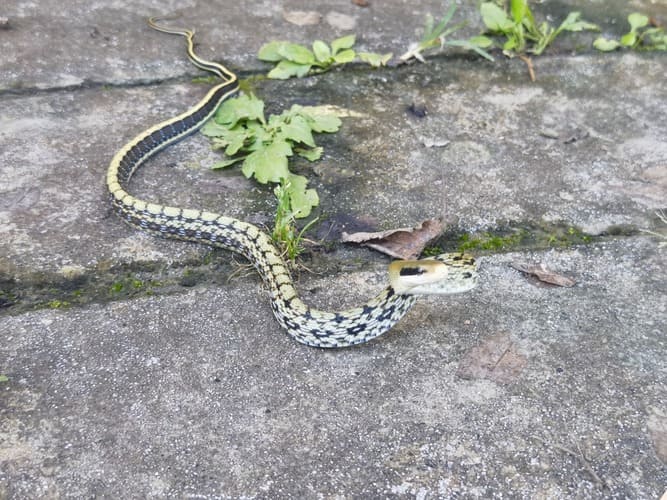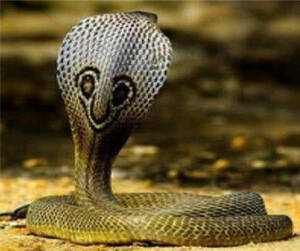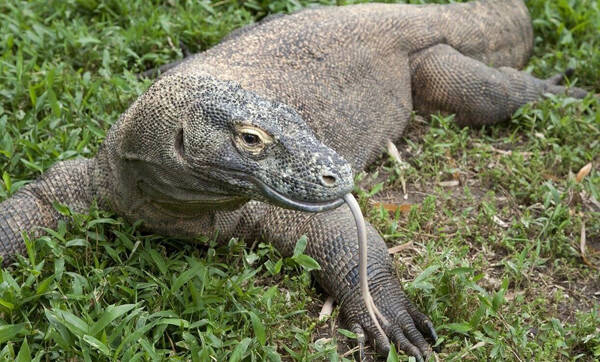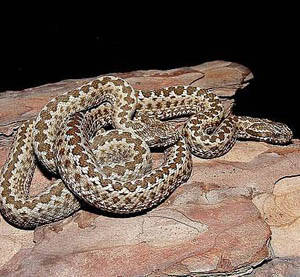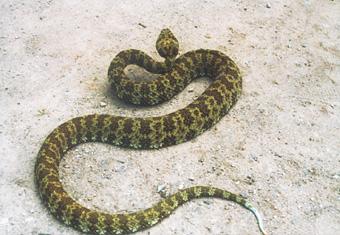Lapemis eurtus
IUCN
LCBasic Information
Scientific classification
- name:Lapemis eurtus
- Scientific Name:Lapemis eurtus,Spiny sea snake, flat-chinned sea snake
- Outline:Squamata
- Family:Elapidae G.Elaphe
Vital signs
- length:69-91cm
- Weight:No verification information
- lifetime:About 20 years
Feature
Back side is green-brown or yellow-olive with wide dark olive horizontal stripes
Distribution and Habitat
Distributed in the eastern Indian Ocean through the Indian and Australian waters to the coasts of Australia and the Philippines, Taiwan Island, and Fujian, Shandong, Hong Kong, Hainan, Guangxi and other places in mainland China. The type locality of this species is in the East Indies
Appearance
Total length: 692-915 mm. The head is relatively large, the snout is longer than the lower jaw, the nostrils are dorsal, and the nasal scales are tangent to each other; the body is thick and short, and the back is flattened laterally. There are 7 (2-2-3) scales on the upper lip; there are no cheek scales, and sometimes the frontal scales are split on the outside to form false cheek scales; there are 1 scale before and after the orbit, and 2+3 temporal scales. There are 23-41 rows of dorsal scales on the neck, 29-37 rows in the thickest part, which are hexagonal or square, arranged in an interlocking pattern, with 1 short ridge. The scales of the bottom 4 rows are larger and have strong ridges. The male adults have strong spines; except for the most clear front part, the ventral scales are smaller than the adjacent dorsal scales, or degenerate and disappear, and are discontinuously embedded between the dorsal scales. The back is yellow-olive or brown-brown, with 29-46 + 3-6 blue-black o
Details
The Latin name of the flat-chinned sea snake is Lapemis eurtus, a species of the genus Lapemis eurtus in the family Elapidae, a front-grooved venomous snake.
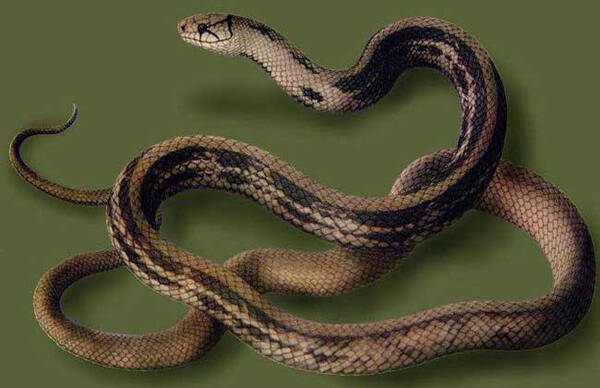
The flat-chinned sea snake lives in the ocean. It eats fish. It is ovoviviparous.
Listed in the "National List of Terrestrial Wildlife with Important Economic and Scientific Research Value" issued by the State Forestry Administration of China on August 1, 2000.
Listed in the second level of the "National List of Key Protected Wildlife in China".
Protect wild animals and eliminate game.
Maintaining ecological balance is everyone's responsibility!

